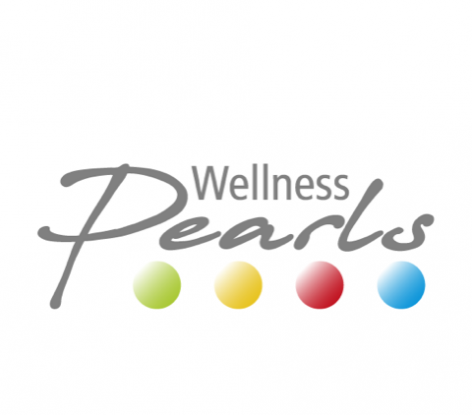Wellness dictionary
Little ABC for your spa-break questions ...
In their treatment discriptions, wellness hotels often use technical terms, which are hard to understand for potential guests. We have therefore collected and defined the most relevant terms in our small wellness ABC. A tip: Our wellness dictionary also supports word requests. You don't need to know the exact wording.
Select letters or search term:
Jacobson - Progressive muscle relaxation
Progressive muscle relaxation according to Jacobson: What does it mean?
Progressive muscle relaxation according to Jacobson (PMR) is a body technique that helps to recognise and feel muscle tension. By focusing on random changes in muscle tension, the practitioner can detect progressive relaxation throughout the body. The goal of progressive muscle relaxation according to Jacobson is to perceive muscle tension as such and then actively release it.
History of progressive muscle relaxation according to Jacobson
The American physician and physiologist Edmund Jacobson (1885-1976) discovered that even a person who is apparently completely calm and relaxed can suffer from muscle tension, which may have a negative effect on the body and mental condition. This can occur reflexively in a stress or anxiety situation. On the other hand, he observed, by measuring the muscle currents, that the muscle tension tends towards zero when there is real mental relaxation. The concept is therefore based on the unity of body, mind and soul. A relaxation of the musculature therefore also has a positive influence on the brain and mental sensation. Today, progressive muscle tension is used on its own, but also to accompany therapies for various illnesses such as anxiety, depression and slipped discs.
Progressive muscle relaxation - how is it structured?
Progressive muscle relaxation is easy to learn and can be integrated into everyday life at any time without much effort. The exercises are carried out in light clothing, lying down, mostly in groups. With eyes closed and breathing calmly, the practitioner concentrates on the areas of the body where tension and discomfort can be felt. One after the other, certain muscle groups are tensed and loosened up again. These changes are consciously perceived and the exercises are repeated. As the strong tension ensures a stronger blood circulation of the body parts, a feeling of warmth, heaviness and tiredness can occur during the phases of relaxation. Finally, the relaxation is reversed by counting backwards, taking a deep breath and opening the eyes.
Instructions for Progressive Muscle Relaxation
In order to carry out progressive muscle relaxation at home, about 30 minutes should be planned. At first, a comfortable sitting position should be found, the focus being on breathing. This should be even and calm. From this position the actual muscle relaxation begins. You can feel through your whole body whether tense muscle groups can be felt anywhere.
The individual muscles are usually tensed for about five to ten seconds until the tension is normal. The external tension can be mentally supported by statements such as "hold" and "let go". During the following exhalation, the muscle groups are relaxed for thirty seconds.
Well-known exercises include clenching your fists, squeezing your eyes, pulling your shoulders up to your ears or bending your toes. After a period of tension, the muscles are then relaxed.
What does progressive muscle relaxation do?
In the long term, progressive muscle relaxation offers a way of actively relaxing in everyday life. Since progressive muscle relaxation initially requires some training to be carried out quickly, beginners have to practice for a while to achieve the desired relaxation. Advanced users can then achieve deep relaxation in a relatively short time. In addition to the ability to relax, the practitioner also trains his body perception. In the future, he will be able to recognise tension earlier and to counteract it directly.
When does progressive muscle relaxation work according to Jacobson?
Progressive muscle relaxation according to Jacobson is used for the following complaints, for example:
- for coping with stress situations
- to reduce nervousness and anxiety
- headaches
- back pain
- insomnia
- for depressive moods
- high blood pressure
Positive effects can be seen both on a physical and mental level. These include
- a reduction in the tension of the musculature
- normalisation of blood pressure and heart rate
- even breathing
- a stimulation of the digestion
- deep recovery
- Serenity
- improved body awareness
- Alleviation of pain
Why progressive muscle relaxation?
Many people today no longer feel physical tension in their everyday life, but accept it as normal. Through progressive muscle relaxation, people learn to empathize more with themselves and actively recognize the current state of tension or relaxation.
Related topics: Mindfulness Autogenic training Fasciae Healthysatisfaction mental wellness

